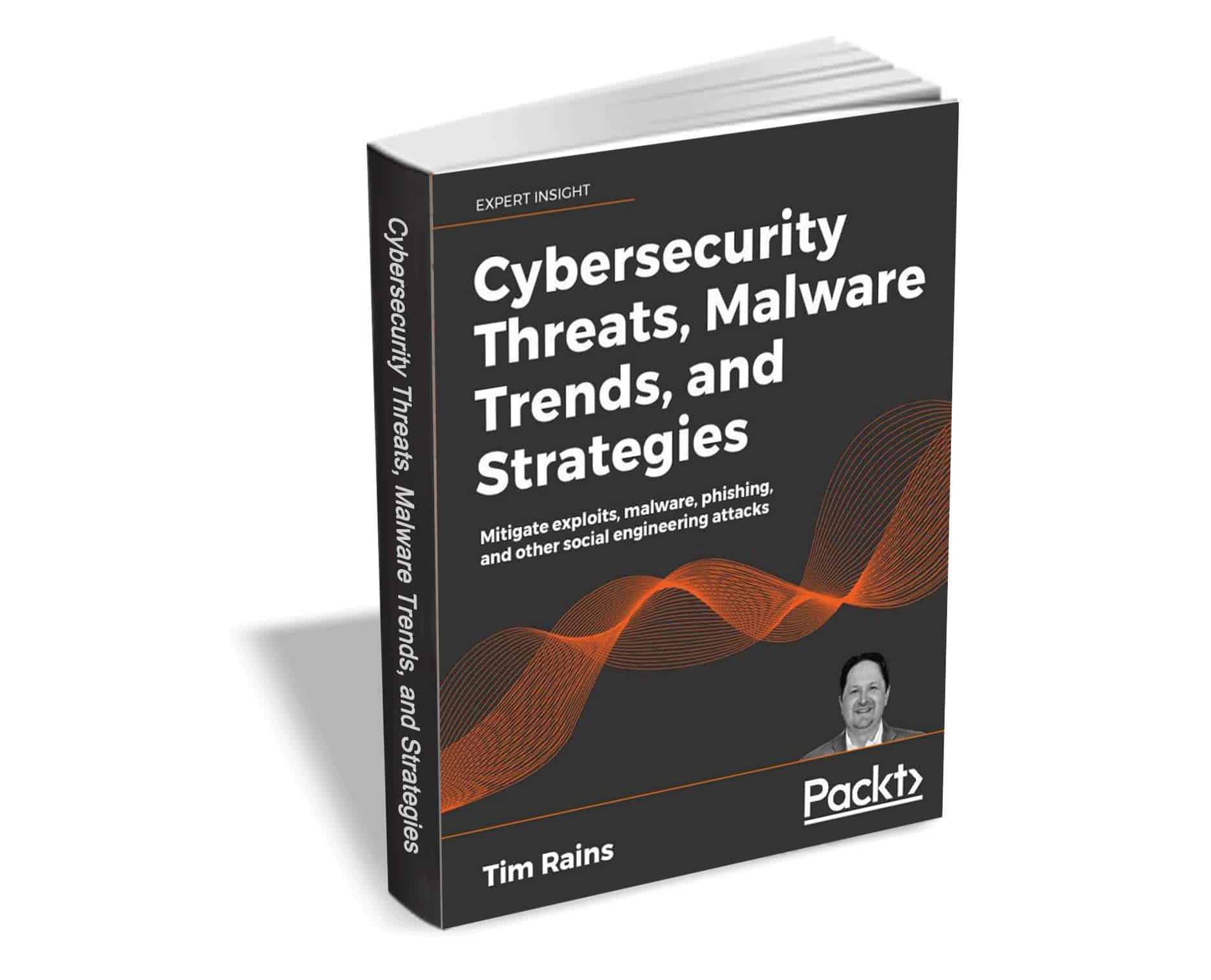
Dark web data is spreading faster than ever
Stolen data on the dark web is spreading 11 times faster today than it was six years ago, according to the latest study from Bitglass.
Breach data received over 13,200 views in 2021 compared to 1,100 views in 2015 -- a 1,100 percent increase. In 2015, it took 12 days to reach 1,100 link views -- in 2021, it takes less than 24 hours to pass that milestone.

Humans are predictable, even criminals
People’s lives are built around patterns and routines. Their routines are structured. After a while, they even become predictable. A change in routine, an abnormality, emphasizes the pattern itself. When we add a non-routine activity to our lives -- our actions usually indicate it will occur. For example, before a vacation we make plans, buy a ticket or book a hotel. Before we move to a new house, we usually visit the location several times, make money transfers and sign a contract.
In their study from 2010, Albert-László Barabási and his team studied the mobility patterns of anonymous cell-phone users and concluded that despite the common perception that our actions are random and unpredictable, human mobility follows surprisingly regular patterns. Their research eventually concludes that people’s movement patterns are 93 percent predictable.

Highlighting the cybersecurity generation gap
Millennials and members of Generation Z suffer more from cyberthreats than baby boomers do, according to a new report from the National Cyber Security Alliance and data analytics company CybSafe.
Kicking off Cybersecurity Awareness Month, the report, based on polling of 2,000 people across the US and UK, shows that 44 percent of millennials and 51 percent of Gen Zers have experienced a cyber threat while only 21 percent of baby boomers have.

Business booms on the dark web as cybercriminals cash in
Activity on dark web marketplaces that trade access to compromised networks has increased dramatically in the last year with sales up 50 percent, according to a new report by the threat research team at Lumu Technologies.
Criminal gangs are diversifying their monetization vehicles to extract maximum value from their efforts. Where in the past they would have been selling credit card and bank details, now access to mail servers, networks and more is on offer. Access to remote desktop protocols is particularly attractive.

Move to the cloud opens opportunities for cybercriminals
The rapid shift of applications and infrastructure to the cloud creates gaps in security according to a new threat report from security platform Lacework.
This increases the opportunities for cybercriminals to steal data, take advantage of an organization's assets, and to gain illicit network access.

Small companies make good targets for cybercriminals
"Cybersecurity doesn’t apply to me because my business is too small to matter", and "Cybercriminals would never bother hacking us because we don’t have valuable data or many financial assets."
If these comments sound familiar, that’s because it is unfortunately the view held by a large majority of the SMB community. Small to medium sized businesses are slowly jumping on the cybersecurity bandwagon, but must first leave this 'it would never happen to me' mentality behind.

Enterprise network access for sale on underground forums
We know that cyber criminals are increasingly operating in a businesslike way and using underground marketplaces to sell services and information.
A new report from threat intelligence specialist IntSights looks at one particular aspect of this trend which is the sale of access to already compromised networks.

The underground marketplaces behind cybercrime [Q&A]
In the last few decades, we've seen cybercrime transform from an activity perpetrated by independent lone actors into an increasingly professional business endeavor in pursuit of profit.
Cybercriminals communicate and collaborate, working together and exchanging information on the deep and dark web. But what exactly is up for sale on these underground markets and what does this tell us about threat actor behavior and motivation?

Tackling the cyber threat to manufacturing businesses
The manufacturing industry has become a major target for ransomware attacks. The reason is simple: if criminals can cripple the operational technology that controls the manufacturing plant, a company will rapidly come to its knees. With no product to sell, any company will fear for its existence -- and with that fear, the criminals believe any manufacturing company will be more likely to pay a sizable ransom to stay in business. Sophisticated cyber criminals understand this. They choose and research their targets and set their ransom to the maximum amount they believe the company can afford to pay.
For many years, the manufacturing industry didn’t worry about cyber threats. Its operational technology (OT) was air-gapped from outside interference, and was therefore safe from external compromise. This is no longer true. The advent of the fourth industrial revolution -- otherwise known as business digitisation -- has eroded that airgap. IT and OT are now totally interdependent. Bringing down a manufacturing company’s IT will almost certainly have a knock-on effect against its OT.

Cybercriminals work together to drive greater profits
Cybercrime is getting more organized than ever, as threat actors increase collaboration and adapt methods to drive greater monetization, selling access to breached systems to organized criminal groups and ransomware gangs.
The latest HP Wolf Security Threat Insights Report, reveals a 65 percent rise in the use of hacking tools downloaded from underground forums and file sharing websites between the second half of 2020 and the first half of 2021.

Over half of exploits sold on underground forums are for Microsoft products
A new study from Atlas VPN shows that 51 percent of exploits sold on underground cybercriminal forums are for Microsoft products.
Microsoft Office exploits make up 23 percent while Windows accounts for 12 percent of exploits sold on hacker forums. Remote Desktop Protocol (RDP) exploits make up 10 percent, with Internet Explorer and Share Point taking three percent each.

Get 'Cybersecurity Threats, Malware Trends, and Strategies' ($22.00 value) FREE for a limited time
After scrutinizing numerous cybersecurity strategies in this book, Tim Rains, Microsoft’s former Global Chief Security Advisor, helps you understand the efficacy of popular cybersecurity strategies and more.
Cybersecurity Threats, Malware Trends, and Strategies offers an unprecedented long-term view of the global threat landscape by examining the twenty-year trend in vulnerability disclosures and exploitation, nearly a decade of regional differences in malware infections, the socio-economic factors that underpin them, and how global malware has evolved. This will give you further perspectives into malware protection for your organization. It also examines internet-based threats that CISOs should be aware of.

AI will be used to unleash a global cyber incident in the next 12 months
New research from Deep Instinct finds that 78 percent of SecOps professionals are concerned that cyber adversaries will develop and deploy AI to cause a global cyber incident in the next 12 months.
The study of 600 IT and cybersecurity professionals finds more than half of respondents believe ransomware or zero-day attacks are the biggest threats to their organization.

2021 cybercrime and protecting your data
2020 was a difficult year all around. Many organizations are still adjusting to the new landscape while trying to plan for the future. Cybercrime was at its prime in 2020 with global costs climbing as high as $1 trillion, according to CSIS research. Unfortunately, with the pandemic dragging on and an extremely drained remote workforce that still needs to be secured, there is every chance that cybercrime will be an even bigger headache in the months ahead.
Numerous aspects are aligning to create even more dangerous situations. Organizations that fail to identify and address these impending hazards will be at risk from increased cyber-attacks and data breaches. But these types of imminent disaster can be averted with the right plans. By aligning security efforts with business goals, redesigning infrastructure, and looking at new technologies, organizations can build resilience while setting themselves up for future success.

Banking fraud rises by more than 150 percent
A new report from financial crime management platform Feedzai shows that all banking fraud -- combining internet, telephone, and branch attacks -- grew by 159 percent in the first quarter of 2021 compared to the end of 2020.
Based on analysis of over 12 billion global banking transactions from January to March 2021 the study shows online banking made up 96 percent of all banking transactions and accounted for 93 percent of all fraud attempts.
